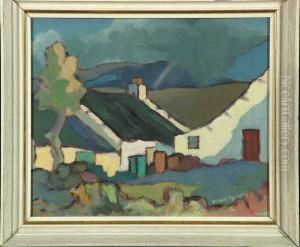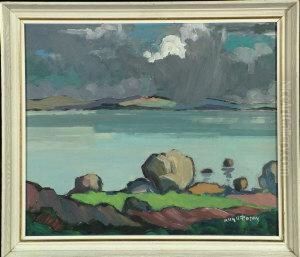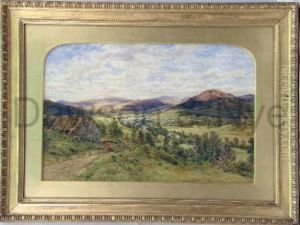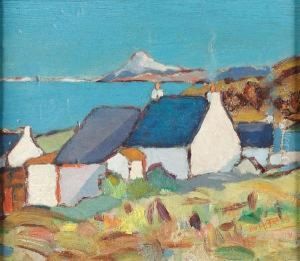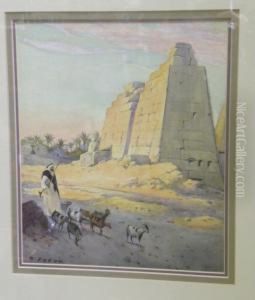Hugh Paton Paintings
Hugh Paton was a Scottish artist known for his landscape paintings and as an engraver. Born in 1805 in Leith, which is now part of Edinburgh, he developed an interest in art at an early age. Paton's work was influenced by the Scottish countryside, and he often depicted scenes of rural life, highland landscapes, and historical events.
Paton was trained in the arts in Edinburgh and quickly established himself as a skilled engraver. His work as an engraver included both original compositions and reproductions of paintings by other artists. It was a time when engraving was one of the primary means of reproducing images for books, magazines, and standalone artworks, making Paton's skills highly valuable.
In addition to his engravings, Paton's paintings gained recognition for their attention to detail and use of light. He was part of the broader movement of Scottish artists in the 19th century who focused on realism and the natural beauty of the Scottish landscape. Paton exhibited his work at various institutions, including the Royal Scottish Academy.
Throughout his career, Hugh Paton remained an active member of the Scottish art community. He passed away in 1885, leaving behind a legacy of work that continues to be appreciated for its contribution to Scottish art history. Paton's paintings and engravings can be found in art collections and museums, serving as examples of 19th-century Scottish art and providing insight into the cultural and historical context of the time.
